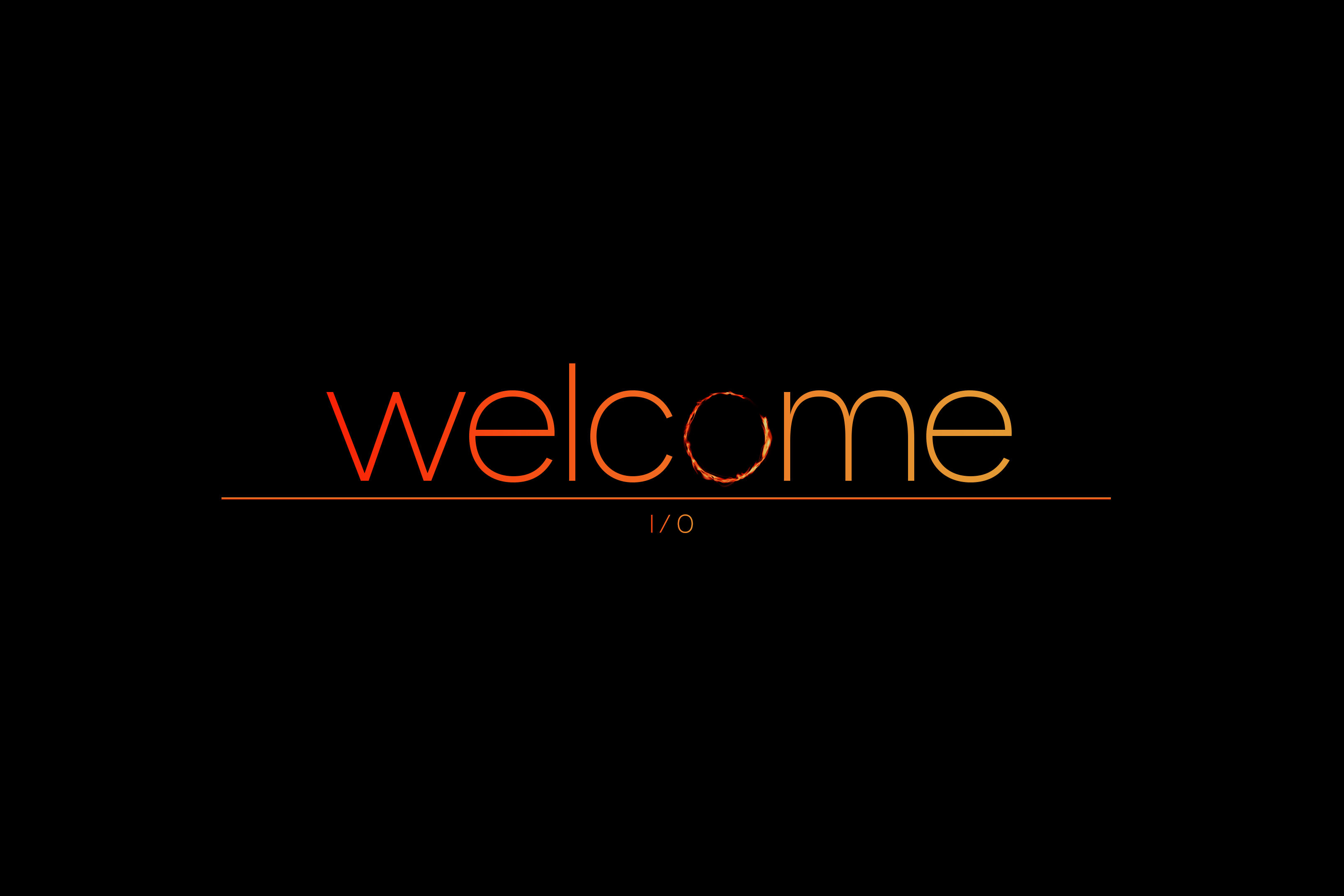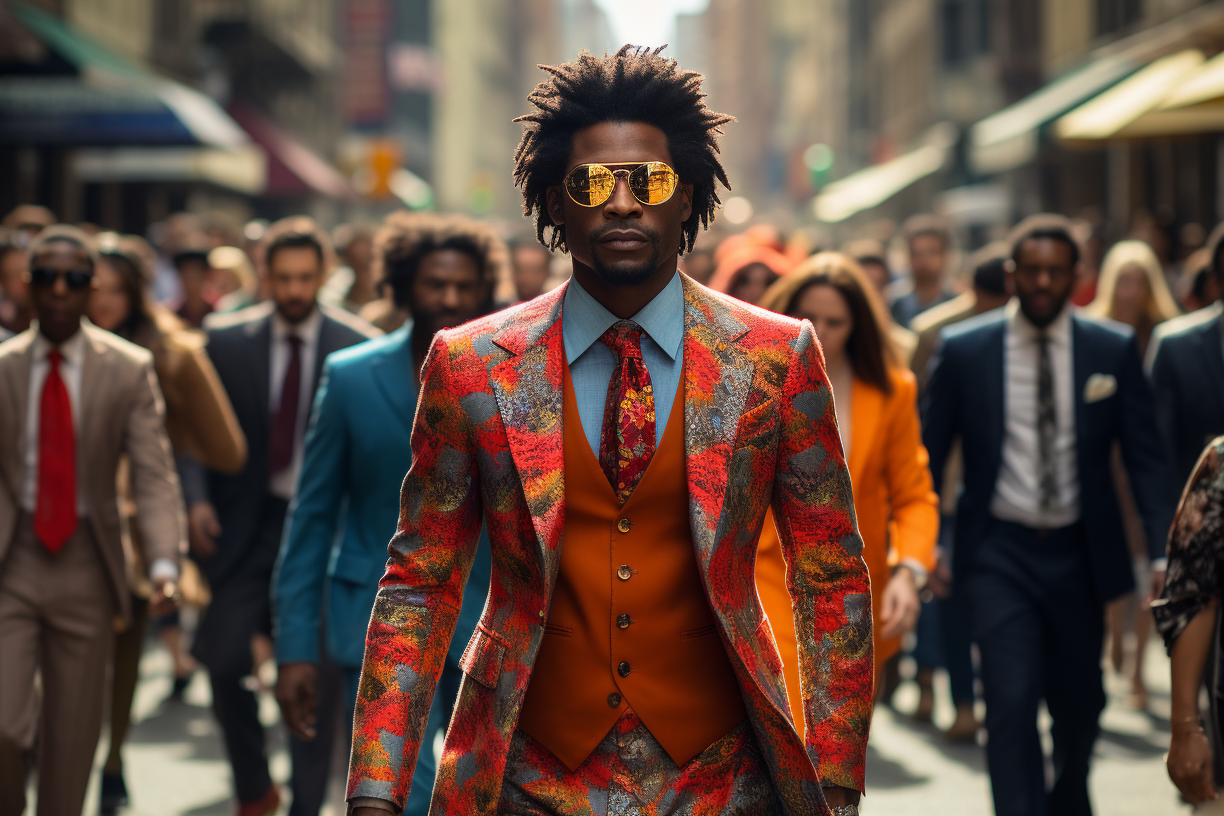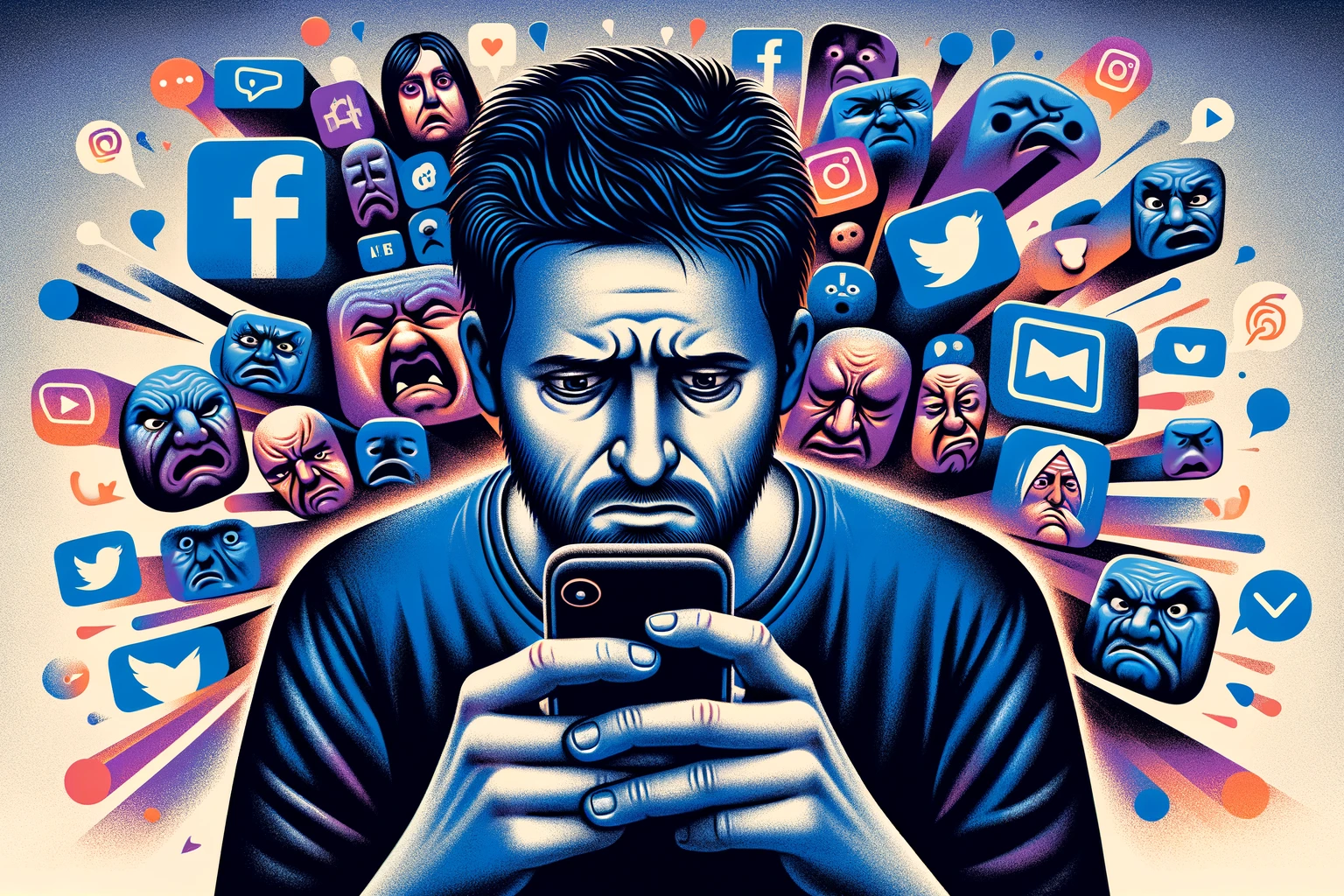Introduction
Creativity is often romanticised as a joyous and liberating process, a dance with imagination that yields art, music, and stories. Yet, beneath this captivating performance lie hidden struggles, emotional trials, and psychological battles that artists often grapple with on their creative journey. This exploration is crucial, not just to understand the creative process better, but also for personal growth and artistic development. This article is an invitation for artists, musicians, and creators to delve deeper into the psychological aspects of creativity, understand its challenges, and learn strategies to navigate these obstacles. We’ll embark on this journey through a series of sections, each addressing a specific aspect of the internal battles that artists face.
You have to believe in yourself when no one else does—that makes you a winner right there.
— Venus Williams
You have to believe in yourself when no one else does—that makes you a winner right there.
— Venus Williams
Wrestling with Self-Image
The mirror of an artist often reflects more than just a face; it reveals a complex image interwoven with talents, doubts, aspirations, and fears. Understanding and confronting these facets is pivotal in the artist’s journey.
Imposter Syndrome
Many artists wrestle with feeling like frauds, even when they have clear evidence of their talent. This nagging belief that they’ll soon be ‘found out’ can be paralysing. The antidote? Recognising that doubt isn’t a reflection of incompetence but a shared human experience, even among the greats.
Self-Doubt
All artists have moments where they question their skills or the value of their work. This natural inclination can be turned into a constructive force by using it as a springboard for growth, rather than a stumbling block.
Low Self-Esteem
If allowed to fester, self-doubt can lead to low self-esteem, making artists reluctant to share their work. By building a support system and embracing constructive criticism, they can strengthen their belief in their creative voice.
Identity and Artistic Expression
Artists often grapple with defining their unique style or voice. The pressure to fit into a genre or trend can conflict with their authentic expression. Embracing one’s identity in art means accepting that their creative fingerprint is not only valid but valuable.
In the panorama of creativity, self-image is a vital cornerstone. Each artist faces these battles, wrestling with self-doubt, overcoming Imposter Syndrome, boosting their self-esteem, and forging their unique identity in the creative realm. Whether they’re seasoned professionals or budding creators, learning to wrestle with self-image is a crucial part of the thrilling voyage of self-discovery, allowing them to rise, dust themselves off, and bravely try again. In the process, they craft not only art but also a resilient and authentic self.
Confronting Inner Demons
The world of creativity can be as treacherous as it is enriching. Artists frequently grapple with their inner demons, where anxiety and depression pose significant challenges.
Anxiety
The anxious thoughts that artists often experience can become obstacles in their creative journey. Fear of failure, of judgement, or even of success can be stifling. Yet, it’s vital to remember that it’s not the presence of anxiety that defines us, but our response to it. By developing mindfulness and stress management techniques, artists can transform their anxiety into a catalyst for growth.
Depression
The stereotype of the ‘tortured artist’ rings true for many creatives who grapple with depression. It can drain their motivation, sap their energy, and cloud their ability to create. It’s crucial to understand that seeking professional help isn’t a sign of weakness but of strength. Therapy, medication, or a combination of both can be life-changing tools for managing depression.
Addressing these inner demons is a critical part of the artist’s journey, allowing them to navigate their emotions effectively and unlock their full creative potential. They may not be able to banish their inner demons entirely, but they can learn to coexist with them, understanding that their mental health struggles do not diminish their talent or their worth. By fostering a dialogue about mental health, we can demystify these challenges and empower artists to confront their inner demons head-on.
In order to be creative, you have to have time for yourself.
— Gwen Stefani
In order to be creative, you have to have time for yourself.
— Gwen Stefani
Battling Stress and Burnout
Venturing into the realm of creativity, artists invariably encounter stress and burnout. These formidable foes are no strangers to the creative industry and can greatly influence an artist’s well-being and the quality of their work.
Stress
A myriad of factors contributes to the high stress levels often seen in artists. These include pressure to consistently produce novel ideas, the strain of meeting deadlines, the burden of self-expression, and the challenge of handling criticism. Stress, when chronic, can have debilitating effects on artists. It may lead to anxiety, hinder productivity, and create a disconnection from their work, sapping the joy from the creative process. Stress, therefore, directly impacts the artistic journey by dampening the spirit of creativity and innovation.
Burnout
Burnout emerges insidiously, a slow-acting poison that gradually seeps into an artist’s life. As the pressures of the creative world accumulate, artists may find themselves devoid of energy, motivation, and enthusiasm for their craft. This overwhelming sense of exhaustion and indifference, known as burnout, can stall creativity, reduce productivity, and lead to a questioning of one’s artistic abilities and even the very purpose of their art.
The influence of stress and burnout on creators is profound, permeating every aspect of their work. It can stifle innovation, diminish motivation, hinder productivity, and eventually affect the very quality of the art produced. These afflictions can alter an artist’s perception of their work, transforming a source of joy and satisfaction into a cause of worry and discontent.
Navigating through the stresses of the creative industry and warding off burnout is indeed a significant part of an artist’s journey. Recognising the presence of these challenges and understanding their influence on their work is the first step towards mitigating their effects and maintaining the joy in their creative endeavours.
Challenging Creative Blocks and Perfectionism
Artistic pursuits are not always smooth sailing; often, they are marked by obstacles such as creative blocks and the quest for perfection. These adversaries, while challenging, play a crucial role in shaping an artist’s journey and their creative output.
Creative Blocks
The fear of the blank canvas is a familiar foe to artists. Creative blocks, periods where inspiration seems to dry up and ideas are scarce, are a common and daunting obstacle on the creative path. They are the equivalent of hitting a wall in the artist’s journey, leaving them frustrated and questioning their capabilities. Yet, it’s essential to realise that these blocks are an integral part of the creative process. They’re not so much a roadblock as a checkpoint, a moment for artists to pause, reflect, and perhaps take a new direction in their work.
Perfectionism
Then there’s the beast of perfectionism. It’s a double-edged sword for creators, simultaneously driving them towards excellence and inhibiting their creative expression. On the one hand, it pushes artists to refine their craft and strive for the best possible output. However, the relentless pursuit of perfection can also lead to self-criticism, a fear of making mistakes, and even creative paralysis. It can transform the creative process into an intimidating pursuit, hindering spontaneity, exploration, and risk-taking, all of which are vital components of artistic expression.
Creative blocks and perfectionism are formidable challenges in the artist’s journey, capable of severely hindering their creative output. Creative blocks can starve the flow of ideas, stifling the production of new work, while perfectionism can inhibit the freedom of artistic expression and the willingness to take creative risks. Despite their daunting nature, these obstacles also serve as opportunities for growth, self-reflection, and exploration, pushing artists to delve deeper into their creative psyche and emerge stronger.
Fighting off Comparison and Envy
In our connected world, artists are more exposed than ever to the successes and accomplishments of their peers. This exposure can often result in two stealthy enemies on the creative journey: comparison and envy.
Comparison
Artists, just like individuals in any profession, can fall into the trap of comparing their journey, their skills, and their achievements to those of others. In the creative world, this is especially prevalent due to the public and personal nature of artistic expression. It’s easy to scroll through social media feeds and feel disheartened by the achievements of fellow creators. This sense of comparison can erode an artist’s confidence, diminish their self-worth, and impede their creative growth.
Envy
Hand in hand with comparison often comes envy. It’s an emotion that stings, especially when artists view peers who seem more successful or more accomplished. Envy, however, is a deceptive foe. It can paint a distorted picture, skewing perception and inviting negative self-assessment. Like comparison, envy can stifle artists, causing them to doubt their own capabilities and value.
Comparison and envy, while human and natural emotions, can pose significant hindrances to artists if left unchecked. They can inhibit not only the creative output of artists, but also their personal growth, causing them to overlook their unique path and abilities. The creative journey is deeply personal and non-linear, and artists must remember that their adventure isn’t less worthy just because it looks different from someone else’s.
You have to believe in yourself when no one else does—that makes you a winner right there.
— Venus Williams
The Quest for Purpose and Meaning
Purpose and meaning are core aspects of an artist’s journey. They fuel the passion for creation and provide the impetus to explore and express. But what happens when artists struggle to find these guiding stars?
The Search for Purpose
Artists often grapple with the question, “Why do I create?” This quest for purpose can be both empowering and daunting. Some artists create for personal fulfilment, while others may seek to inspire change or simply wish to bring beauty into the world. However, when the purpose isn’t clear, it can lead to feelings of confusion, lack of motivation, and even an existential crisis.
Existential Concerns
Art often serves as a mirror to the artist’s soul and a lens to view the world. Therefore, existential questions about life’s purpose, mortality, and the meaning of existence frequently surface in their work. These concerns can give depth to the artistic expression, but they can also plunge artists into emotional turmoil, impacting their mental health and creativity.
The quest for purpose and meaning is a central part of an artist’s journey. This journey is often fraught with introspection, self-doubt, and even existential fear. Yet, it is also the path to self-discovery, and ultimately, the revelation of their unique artistic voice. The struggle to find meaning in their work can be challenging, but it is also a powerful driver of authentic and profound artistic creation. The trick is to keep exploring, keep expressing, and trust that the purpose will reveal itself through the journey, not just the destination.
Walking the Solitary Path
Creating art is often a solitary endeavour, requiring hours of introspection and focus. This inherent isolation in the creative process can take a heavy toll on an artist’s mental well-being.
The Solitary Process
Whether it’s a painter in their studio, a writer at their desk, or a musician in their practice room, the act of creation often necessitates solitude. This solitude allows artists to tap into their deepest thoughts, feelings, and experiences, unfiltered by external influences. However, prolonged periods of solitude can also lead to feelings of isolation, disconnecting artists from their social circles and the world at large.
The Emotional Toll of Loneliness
Isolation can breed loneliness, a state of mind that can severely impact an artist’s mental health. Loneliness can create feelings of sadness, anxiety, and a decreased motivation to create. Moreover, this sense of being alone in one’s journey can magnify the other psychological struggles faced by artists, such as self-doubt, anxiety, and the fear of judgment.
Yet, within this isolation, many artists find a deeper connection with themselves. Solitude can provide a peaceful sanctuary, free from distractions, where creators can fully immerse themselves in their art. It can lead to heightened self-awareness, introspection, and often, profound creative breakthroughs. The challenge lies in maintaining a balance between nurturing solitude for artistic creation and avoiding detrimental loneliness. An artist’s journey can indeed be solitary, but it doesn’t have to be lonely. Artists can make efforts to maintain connections, seek support, and build communities, all while cherishing the enriching solitude that feeds their creativity.
Conquering Fear
Fear is a powerful and pervasive presence in the artist’s journey, often manifesting as the fear of judgment or the fear of failure. The way artists confront these fears can significantly impact their creative expression and growth.
The Fear of Judgment
One of the most prevalent fears among artists is the fear of judgment. The artist’s work, a direct expression of their inner world, is often deeply personal, making the act of sharing it a vulnerable experience. The anticipation of criticism or rejection can stifle artistic expression, leading artists to hold back or even censor their true artistic voice.
Fear and Risk-taking
Fear can also hinder risk-taking and experimentation, two vital components of artistic evolution. Fear of failure can make artists resistant to trying new techniques, exploring different mediums, or pushing the boundaries of their creativity. This resistance can stagnate their growth, restricting them to their comfort zones and inhibiting their potential to innovate.
Confronting these fears, however, can lead to immense growth and unexpected rewards. By embracing vulnerability, artists can express their authentic selves without fear of judgment, leading to genuine and impactful art. Similarly, overcoming the fear of failure can unlock the door to experimentation and innovation, pushing the boundaries of their creative potential. While fear is a natural part of the artistic journey, learning to navigate it can lead to remarkable personal growth and transformational artistic breakthroughs.
The hero's journey is a spiritual one. It is a transformation of the heart.
— Phil Cousineau
Balancing the Sword
The pursuit of artistic dreams often walks hand-in-hand with a unique set of challenges, among which maintaining a healthy work-life balance and managing financial stress are notably significant.
Work-Life Balance
Artists often grapple with blurring boundaries between their work and personal lives. Given the passionate nature of their work, artists might find themselves working long, irregular hours, neglecting their needs for rest, leisure, and social interaction. The act of creating, while exhilarating, can also become an all-consuming fire, leaving little room for other aspects of life. This imbalance can lead to burnout, stress, and deteriorating mental health, all of which can, paradoxically, negatively impact the very creativity they are trying to nurture.
Financial Stress
The creative industry, with its inherent uncertainties and irregular income streams, can place significant financial stress on artists. Many creators are self-employed or work on a project basis, leading to fluctuating income. This instability, coupled with societal pressures and financial obligations, can create a constant undercurrent of worry, distracting artists from their creative processes and dampening their artistic spirits.
Navigating these challenges is an integral part of the artistic journey. Artists must learn to strike a balance between their work and personal lives, ensuring they have the time and energy to replenish their creative reserves. Similarly, managing financial stress requires a combination of practical money management strategies and a mindset shift. Artists need to recognise that their worth is not determined by their financial success and that financial challenges do not invalidate their artistic journey. Achieving this balance, though difficult, is vital for long-term artistic growth and personal well-being.
The Path to Mastery
The artistic journey is an ongoing quest for mastery, not merely over one’s chosen craft, but also over oneself. Artists labour tirelessly, sharpening their skills, exploring new techniques, and pushing the boundaries of their creativity. Yet, the path to mastery transcends the canvas, the stage, or the written page.
Artists delve deep within themselves, seeking to understand their motivations, confront their fears, and overcome their limitations. Self-awareness and self-discipline become cornerstones on this path, as they learn to navigate the complexities of their inner world and manifest their visions in the outer world.
The artist’s journey is fraught with challenges, each demanding growth and transformation. However, these trials are not roadblocks but stepping stones towards mastery. Artists must learn to embrace these challenges, not as hindrances but as catalysts for growth, moulding them into better creators, more attuned to their craft and themselves.
The mastery artists strive for extends beyond technical prowess or public recognition. It is a deeply personal and transformative process, centred around continuous personal growth and self-realisation. This journey of mastery is unique to every artist, paved with trials, triumphs, revelations, and the ceaseless pursuit of creative excellence. The path may be winding and, at times, arduous, but it leads to an unparalleled understanding of oneself and one’s art.
Navigating the creative journey, artists face psychological battles that are as integral as they are transformative. The struggle with self-image, battling anxiety and depression, managing stress and burnout, overcoming creative blocks and perfectionism, dealing with comparison and envy, seeking purpose and meaning, walking the solitary path, conquering fear, and maintaining work-life balance while handling financial stresses—all contribute to the shaping of the artist.
The path to mastery isn’t solely about honing creative skills but also about developing self-awareness, self-discipline, and continuous personal growth. These challenges, daunting as they may be, are normal aspects of an artist’s life and work. Acknowledging and confronting these challenges can turn trials into catalysts for personal growth and artistic evolution. In the end, it’s through these struggles that artists truly come to understand and master their craft, emboldening their unique and courageous journey of creative expression.


